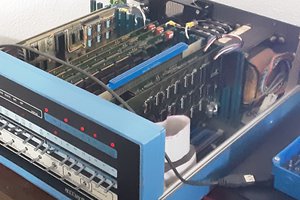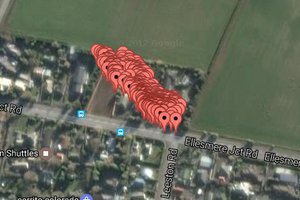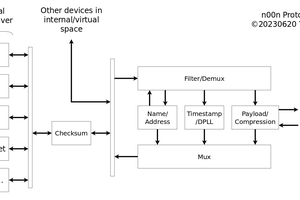This project began as page on HackADay.IO. From there it spiraled in to an entire project that has kept me busy for nearly two years, and threatening to become a full-time job. It all began when my water line froze one Friday afternoon.
When I finished thawing the line and had replaced the check valve that was the cause, I took a closer look at a device installed in the pump's control circuit. The device is designed to shutdown the pump, should trouble crop up. The interesting part of the device's manual states: "are equipped with an infrared LED that will communicate".
What it did not do was communicate to me that I was about to run out of water. This project adds that communication capability, performance monitoring, data logging, and a handy phone app to watch over it all.




 glgorman
glgorman

 Yann Guidon / YGDES
Yann Guidon / YGDES
 kwan3217
kwan3217